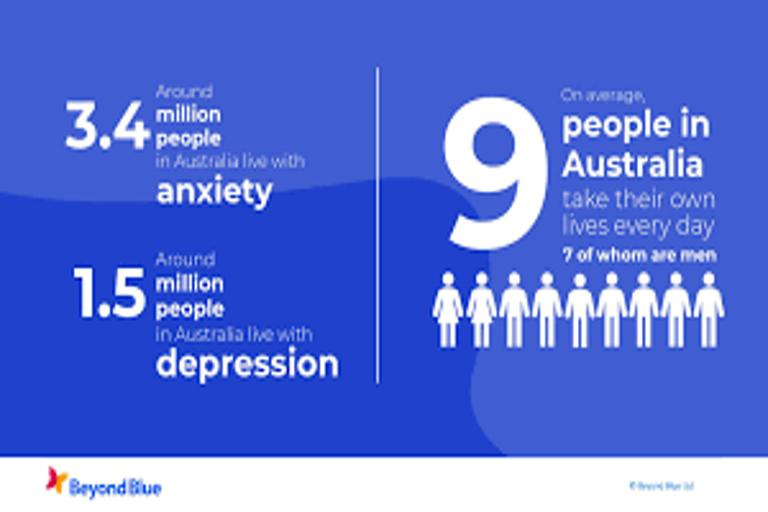In a bid to improve patient recovery outcomes, several major Sydney hospitals have launched new 'quiet zone' initiatives, transforming traditionally noisy wards into tranquil environments aimed at supporting physical and mental healing. Early results suggest the changes are already having a positive effect on both patients and staff.
Royal Prince Alfred Hospital in Camperdown was one of the first to trial the new approach. Specific wings have been designated as low-noise zones, with sound-absorbing materials installed, overhead paging reduced, and staff trained in soft communication protocols. Lighting has also been softened to reduce visual stress.
‘We used to think hospitals had to be noisy places — alarms, announcements, activity at all hours,’ said nurse manager Fiona Ellis. ‘But we now know that rest and recovery are closely linked, and noise is a major disruptor.’
Patients in the new zones report better sleep, reduced anxiety, and a more comfortable stay. One recovering patient, Mark Bede, said the difference was striking. ‘It felt more like a wellness centre than a hospital wing. I could actually hear myself think.’
The quiet zones are particularly beneficial for elderly patients, those with dementia, and individuals recovering from trauma or surgery. By minimising interruptions and overstimulation, hospitals aim to create a more stable healing environment.
St Vincent’s Hospital has introduced additional wellness measures, including guided meditation sessions via in-room speakers and daily visits from therapy dogs. ‘It’s about treating the whole person, not just the illness,’ said Director of Patient Care Lauren Nguyen.
The initiative is grounded in research. A 2021 study published in The Lancet found that patients in quieter environments had significantly lower blood pressure and required fewer sedatives than those in traditional hospital settings.
Staff morale has also improved. ‘We’re seeing less burnout,’ said Ellis. ‘Nurses and doctors feel more in control and less overwhelmed by constant noise. It’s made a real difference to the ward culture.’
Funding for the initiative has come from both state government and philanthropic donations. With early success, more hospitals across Greater Sydney are planning to adopt similar models by the end of the year.
As Sydney’s healthcare system looks to the future, the quiet revolution in patient care serves as a reminder that sometimes, healing begins not with action — but with silence.
